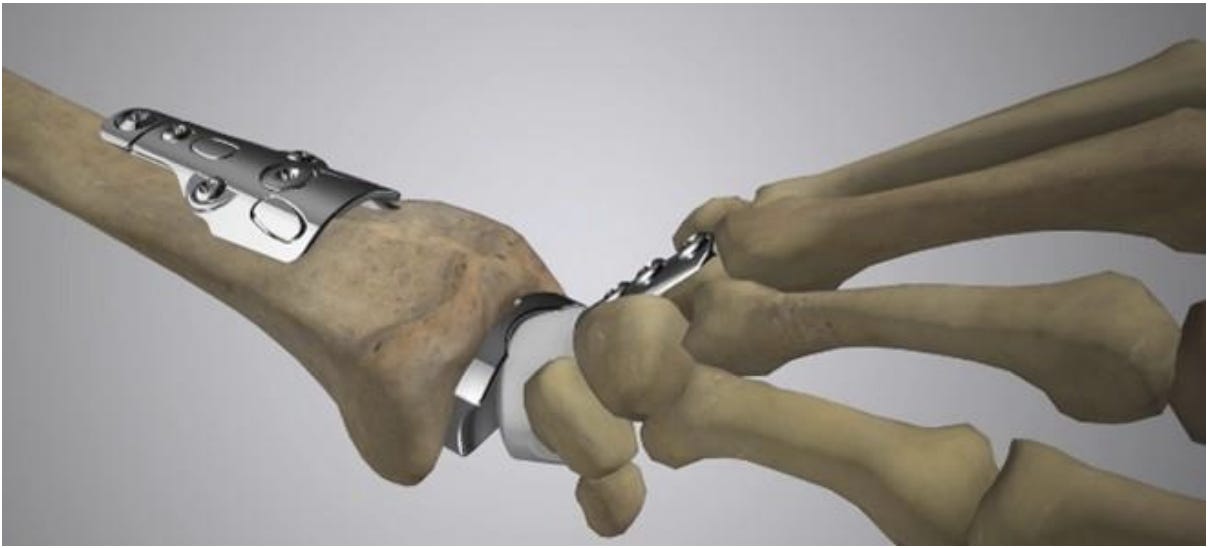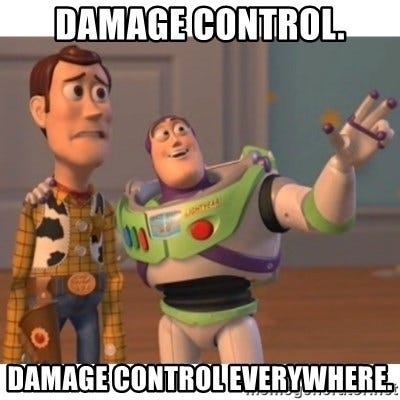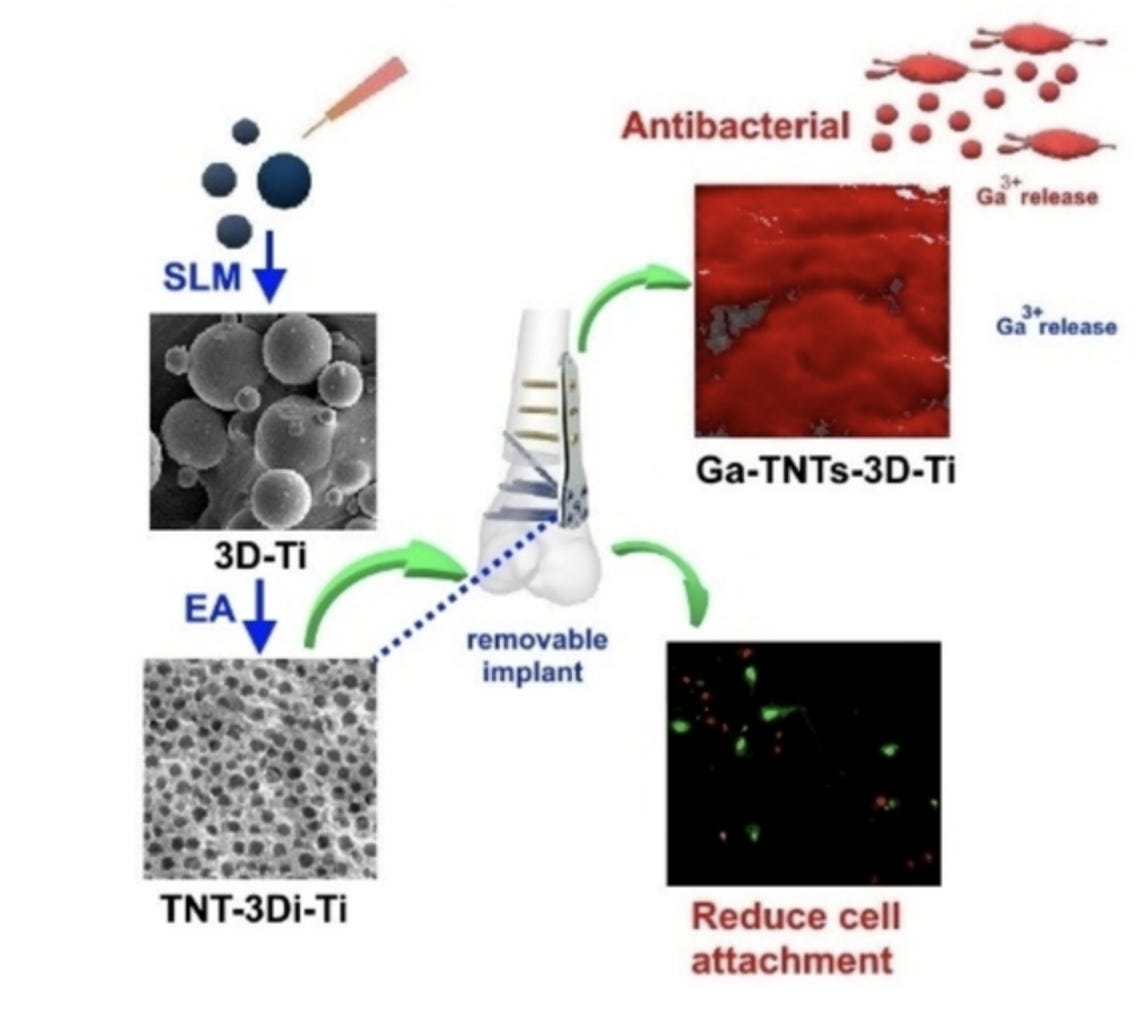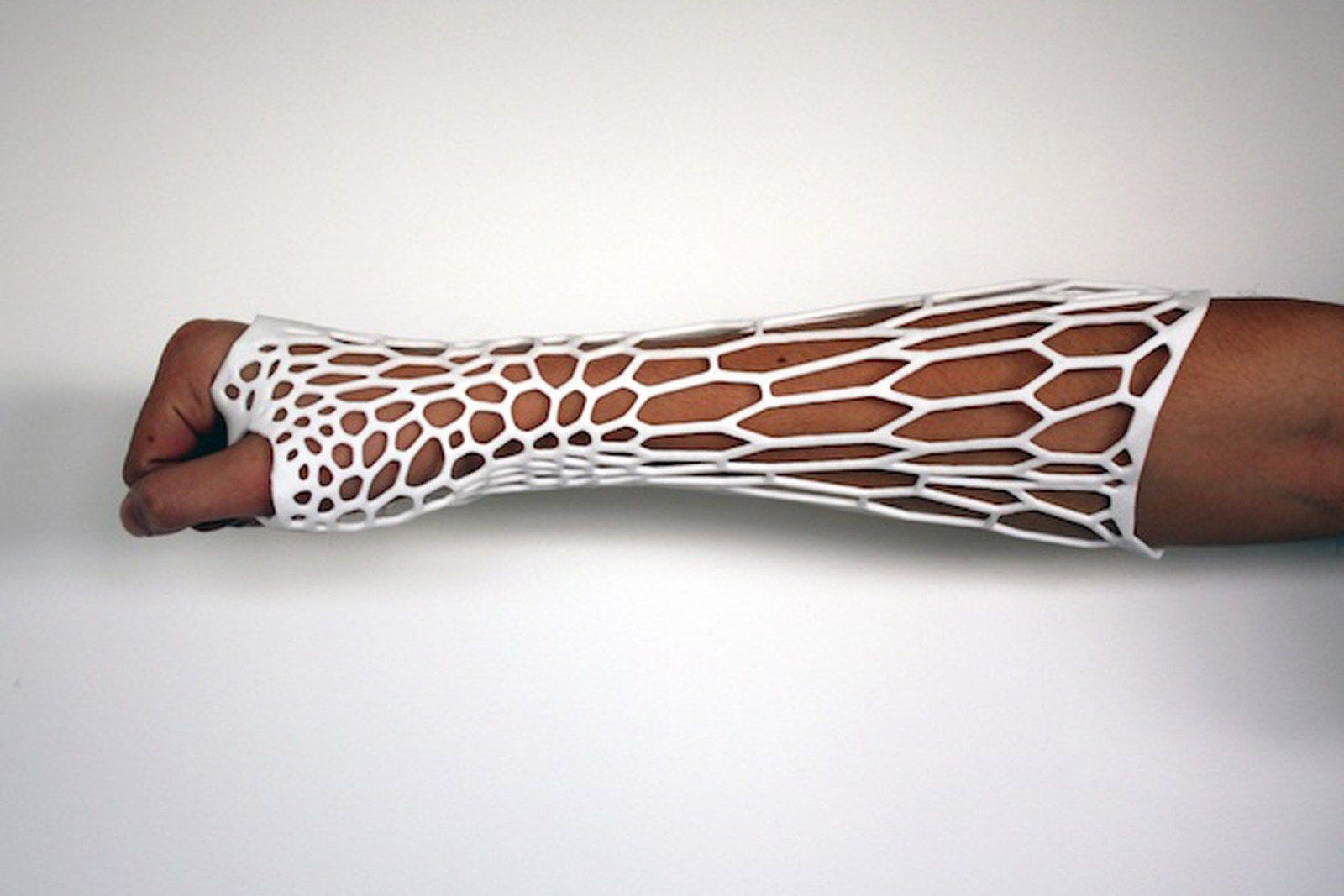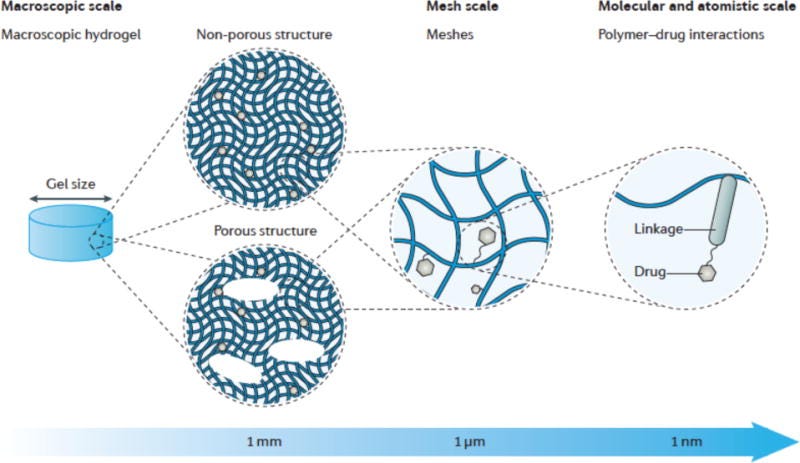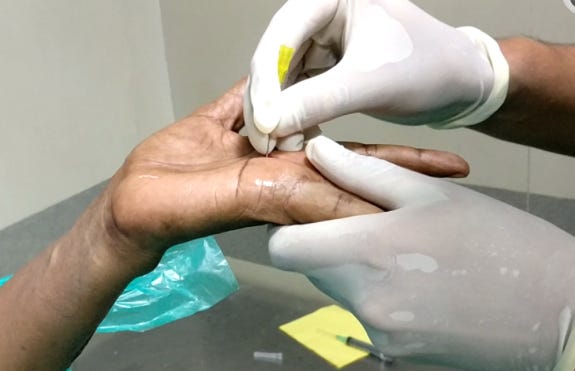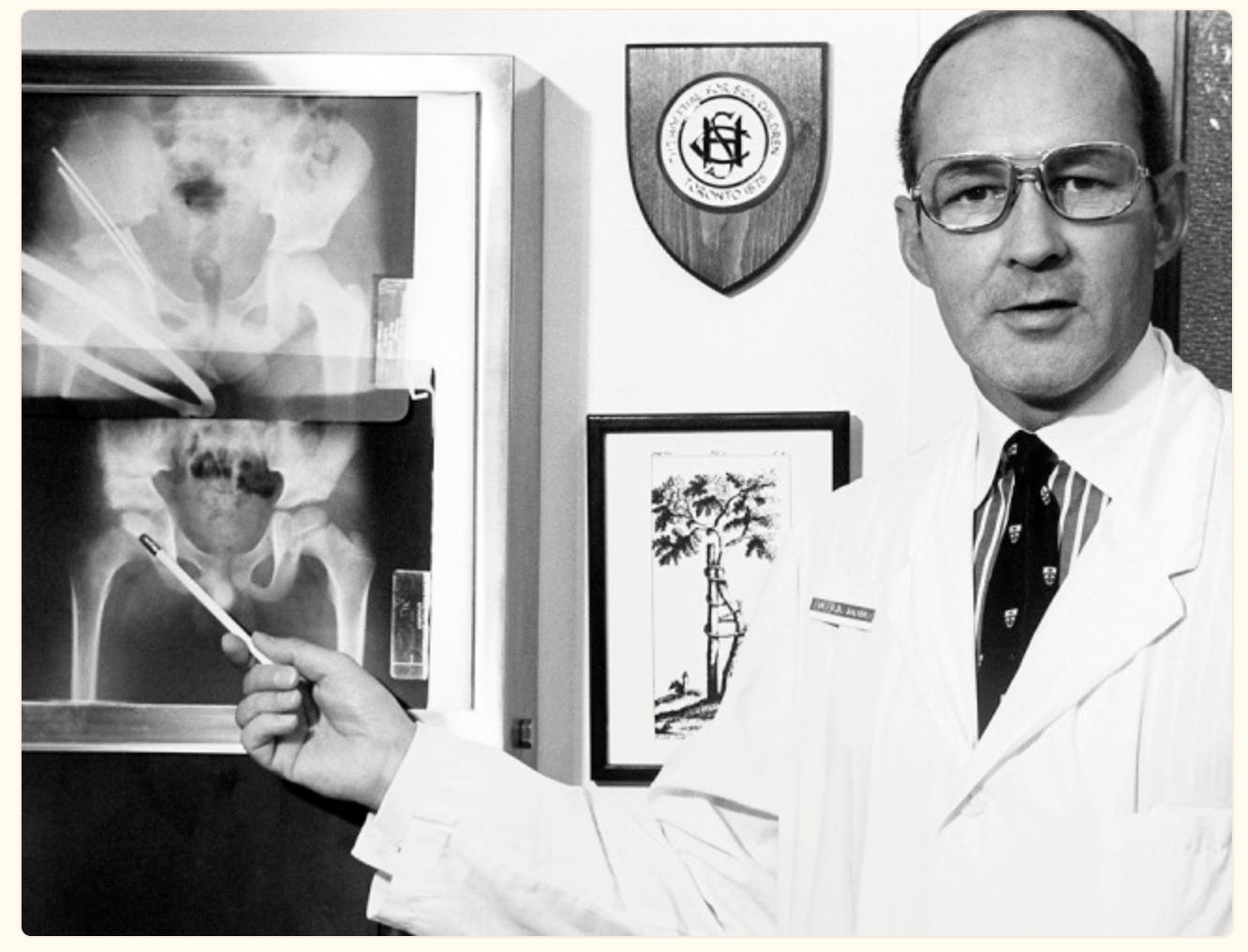"I have fallen many times and so have I risen!"
Stay updated and motivated with newer research in the "Complications in Orthopaedics" issue
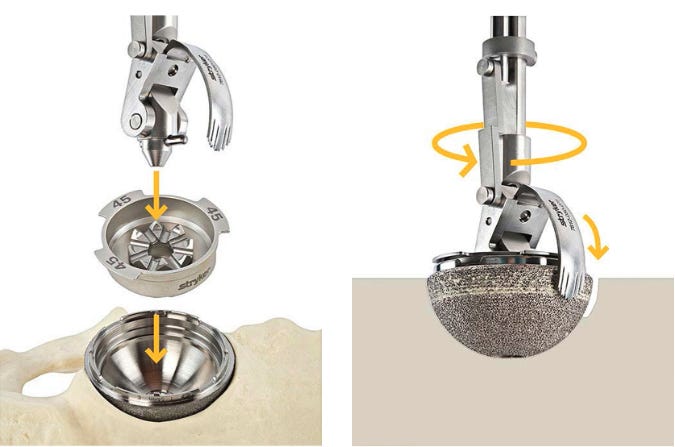
Hip revisions are Devil’s work – Confucius: #NeoArmory:
There are always three stages of surgeon’s psyche during a hip revision. Stage one is when you see the mess and think why am I doing the surgery. Stage two is when you begin implant removal and think Why did I Take up Orthopaedics. Stage three is when the acetabular cup comes out and you feel a sense of winning and you say to yourself ‘That’s why’.
Taking the cup out almost decides how easy the revision is going to go. Any fracture means, extending the approach to fix the pelvis even before thinking about proceeding with revision. Bashing it but with surgical precision has been the age-old way. But Stryker has a novel idea. Using the power tool’s finesse to extract the cup. In comes EZoutTM.
It essentially involves using a curved saw blade to take the bone away. The liner is used to centre the contraption. A second blade with near full radius will finish the job. This can be used for both Striker and Non-stryker hemispherical cups. This comes with measurement template to decide the liner and blade size.
Bone model study shows reduction in transmitted force compared to traditional impaction, lower observed strain at the posterior wall region, faster removal time, lower residue on the cup but slightly higher temperature reached. We don’t have a human study on this yet; but follow this space for an update if there is any. Check out the Video.

“As in rigor mortis…” - #FromTheHistory
While it was widely believed that the contractures that develop after application of tight bandages were due to paresis and affection of nerves, Richard von Volkmann was the first one to point out that the contractures were myogenic, in his chapter on Dysfunctions of musculoskeletal system in the book, Handbook of Basic and Special surgery. In his own words,
It is not only for his description of Volkmann’s contracture that he deserves to be the person of this month’s issue, but also for implementing Lister’s aseptic precautions in Germany. He had enormous success in implementing these practices and avoiding dangerous complications, than Lister himself, which was acknowledged by Lister.
Volkmann triangle, Heuter Volkmann law, Volkmann Splint, Volkmann syndrome, Volkmann abscess, Volkmann spoon and his numerous surgical techniques have made him immortal. Apart from being an astute clinician, he was a poet, writer and an accomplished leader.

This is a monument of Richard von Volkmann in front of the old Surgical University Clinic at Halle an der Saale
Snowman technique for revision OATS - #SurgicalPearl:

Worried about the stability of revision allograft transfers for larger cartilage defects?
Try out the snowman technique by Mameri et al
-
Preliminary knee arthroscopy is done for debridement and assessment of defect.
-
Lateral parapatellar approach - Previous failed osteochondral allograft is visualized on the lateral femoral condyle.
-
Cannulated sizing cylinder - assessment of lesion size and planning with overlapping dowels in a “snowman” construct configuration. The cylinder is centered initially on the posterior templated dowel, which forms the base of the “snowman,” and a guide pin is drilled perpendicularly. Recipient site is prepared
-
Donor specimen, secured to the assembled allograft workstation is appropriately prepared.
-
Gentle impaction on the recipient site is done. Headless compression screws to ensure stable fixation. The same process of recipient site and donor plug preparation are repeated for the more anterior second plug of the “snowman” configuration. Stable press-fit fixation of the second plug is more easily attainable, as the defect is now entirely filled.
Check out the full paper with video here
Reduce your weight first! #InTrials:
People with severe obesity who undergo a TKA for OA knee are at higher risk of complications compared with people with normal body mass index.
Wait… Should we then first make people lose weight before embarking on TKA?
Michelle M. Dowsey et al conducted an RCT to answer this. 82 adults aged 65 years and younger with severe obesity were included. They found that those who were scheduled to undergo TKA experienced fewer joint surgery complications after undergoing a bariatric procedure, compared with those who underwent TKA without weight loss intervention.
There you go! That’s the answer.
Interestingly, they also noticed significantly fewer participants required TKA following weight loss, contributing to this finding.
Wait!…. Should I get trained in Bariatric surgeries???

Fracture-related Infections? Know the Stats!!
Good outcomes in fracture care can be adversely affected by fracture-related infection (FRI), leading to non-union and, occasionally even limb loss. McNally et al. conducted an international, multi-center study to investigate the effect of individual components of surgery on the outcome and came out with the following stats.
-
The outcome was not dependent on age, BMI, the presence of metalwork, or time from injury.
-
The debridement and retention of a stable implant (DAIR) had a failure rate of 21.4%; implant exchange to a new internal fixation had a failure rate of 12.5%; and conversion to external fixation had a failure rate of 10.3%
-
Tibial FRI treated with a free flap was successful in 92.1% of cases and in 80.4% of cases without a free flap, while the use of negative pressure wound therapy (NPWT) was associated with higher recurrence rates.
-
The implantation of local antibiotics reduced the recurrence from 18.7% to 10.0%.
Plan your treatment keeping these in mind!
Check out these cool events:
-
Annual Meeting of the German Society for Biomaterials (DGBM) Jena, Germany: 14-16 September 2023
-
ISHA Annual Scientific Meeting Cape Town, South Africa: 6-7 October 2023
-
Global Conference on Orthopedic Surgery and Trauma Care Amsterdam, Netherlands: 2-4 November 2023
Answer for last month’s question:
Does ultrasound-guided popliteal-sciatic nerve block have superior pain control compared to local surgical site infiltration in pediatric foot and ankle surgery?
Answer: Tendon surgery in the pediatric foot and ankle could cause severe postoperative pain, which may lead to psychologic distress. Witchuree Wejjaku et al in their study found that Peripheral nerve block and local surgical site infiltration provided effective pain management in patients aged 1-6 years old with no statistically significant difference. PNB showed significant superior pain control in patients aged 7-15 years old.
Question of the month:
Can we use Aspirin for thromboprophylaxis following fracture?
What does the evidence tell? Watch this space next month to know the answer.
Have a Joyful July guys!









